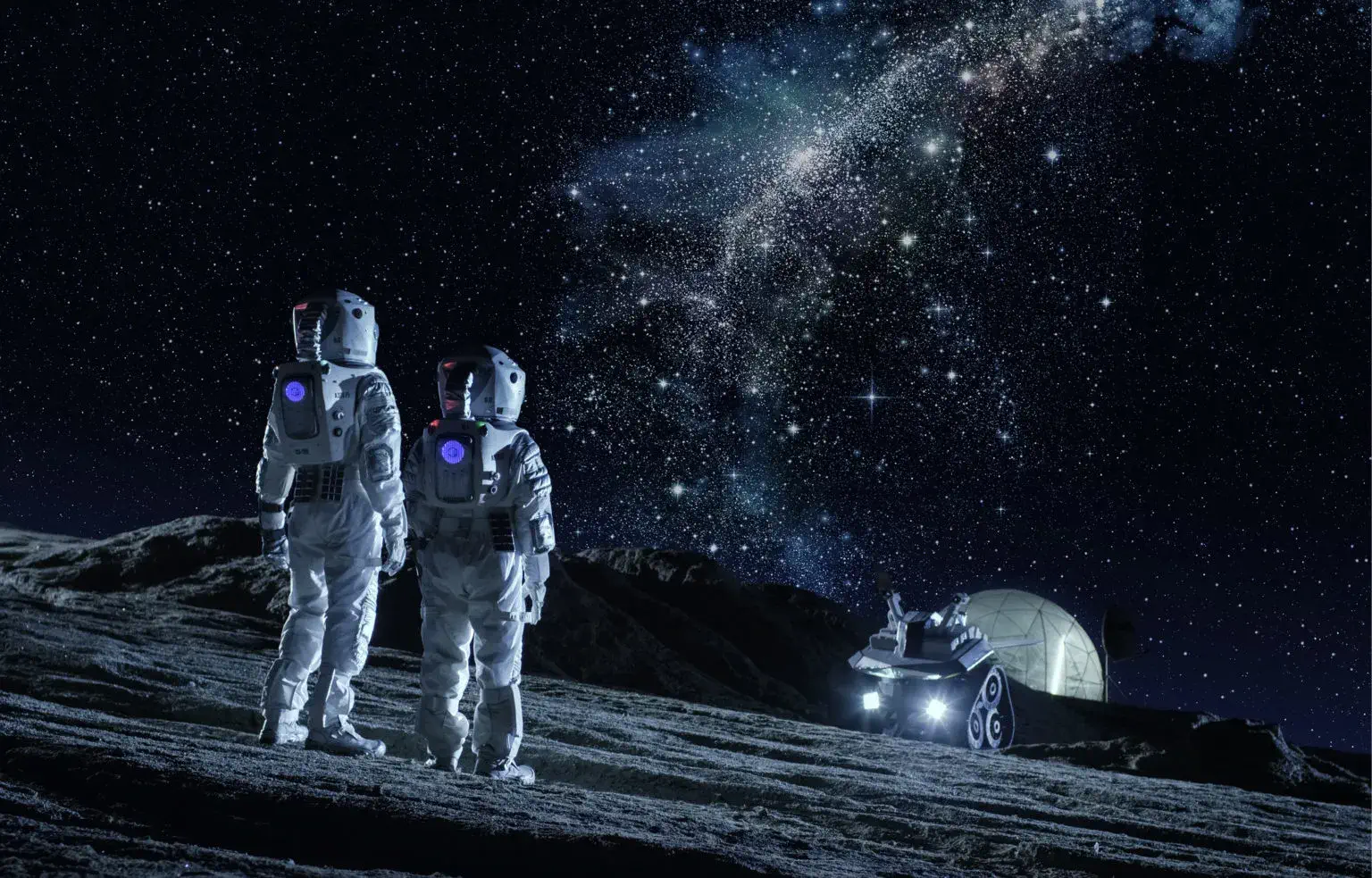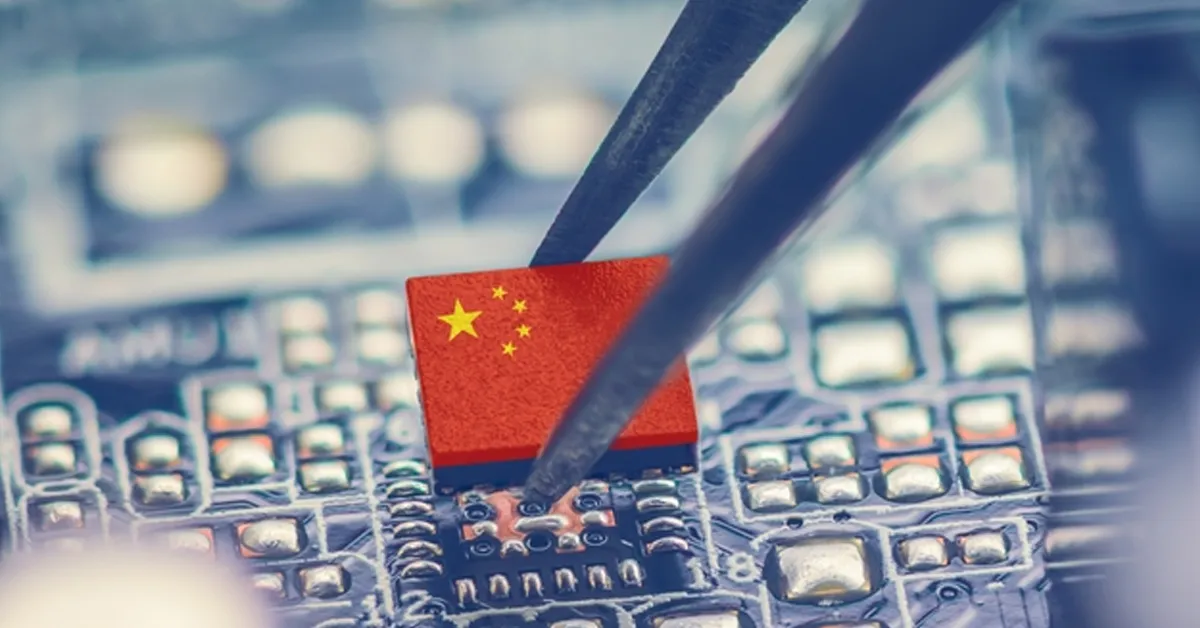Almost 50 years after humans last walked on the Moon, NASA and its public and commercial partners—as well as its counterparts and competitors around the planet—are well into a new era of space exploration; one that aims to send humans 140 million miles to Mars. A critical support system for these bold explorations is a supply chain whose main logistics provider, SpaceX, recently secured a $7 billion contract from NASA.
Humankind’s quest to visit Mars will—if all goes well—get a major boost in 2021 as three different spacecrafts are on schedule to arrive at the Red Planet: NASA’s Perseverance; China’s Tianwen-1; and the United Arab Emirates’ Hope. While Hope will just orbit Mars, NASA plans to land Perseverance on February 18, and from there a rover and a tiny helicopter will begin years of exploration and research. China intends to orbit Tianwen-1 for several months before identifying a landing site, according to Space.com.
A key part of NASA’s Mars ambition lies in its Artemis program—which aims to land the first woman and the next man on the Moon in 2024. Artemis will include a “Base Camp to support longer expeditions on the lunar surface [with] a lunar terrain vehicle (LTV, or unpressurized rover), a habitable mobility platform (pressurized rover), a lunar foundation habitation module, power systems, and in-situ resource utilization systems,” according to NASA overview of Artemis.
To support Artemis’ long-term exploration and research work, NASA plans to deploy a Gateway spacecraft to orbit the Moon (supply chain professionals might label Gateway as the first interplanetary distribution center, logistics node and a truck stop on the long haul to Mars!).
Elon Musk’s SpaceX was tapped last year to “deliver critical pressurized and unpressurized cargo, science experiments and supplies to the Gateway.” This includes sample collection materials and other items the crew may need on the Gateway and during their expeditions on the Moon.
According to NASA Administrator Jim Bridenstine: “The Gateway is the cornerstone of the long-term Artemis architecture, and this deep space commercial cargo capability integrates yet another American industry partner into our plans for human exploration at the Moon in preparation for a future mission to Mars.”
As Thomas Insights detailed in a 2018 explainer, NASA also looks to manufacture parts and components in space and eventually on Mars, and to that end, has commissioned Made In Space to develop a microgravity 3D printer, the Vulcan Hybrid Manufacturing System.
Other potential partners in the Artemis program include NASA’s collaborators on the International Space Station; the Canadian Space Agency, European Space Agency, Japan Aerospace Exploration Agency, and the Russian Space Agency.
But not China, which since 2011 has been barred by an act of Congress from making bilateral agreements and coordinating with NASA. NASA made an exception to this policy in 2019 to collaborate with the China National Space Administration to monitor CNSA’s Yutu 2 rover on the Moon. But the agency had to receive Congressional approval and guarantee that there would be no “transfer of technology, data or other information with national security or economic security implications.”
It would seem that in space as well as on Earth, geopolitics will play an increasingly significant role in supply chains. As Artemis and the eventual Moon-to-Mars missions mature, will we see the emergence of greater strategic competition in space between China, the U.S. and its allies? Perhaps parallel supply chains, as some foresee emerging on Earth?
***
You can be sure that as the evolution of interplanetary supply chains rolls out, Resilinc will be front and center with space-age SCRM solutions. As our CEO Bindiya Vakil promised in this video more than a year ago, “As humanity explores beyond the realm of our own planet, the supply chain will have to be millions of miles long. Resilinc will the company that protects the supply chain to Mars and beyond.”





